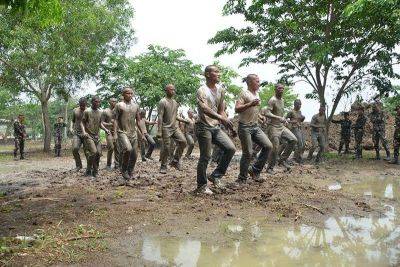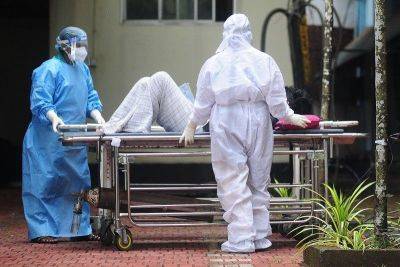Learning poverty in the Philippines linked to poor teaching quality – World Bank study
MANILA, Philippines — Teachers’ lack of mastery of what they teach and teacher absenteeism have contributed to the Philippines’ high learning poverty, a new World Bank report found.
Findings from a new World Bank report focusing on the East Asia and Pacific region found that teachers in the Philippines have one of the most ineffective methods in Southeast Asia and teacher training programs targeted at them have failed to improve their mastery of content.
The World Bank report “Fixing the Foundation: Teachers and Basic Education in East Asia and Pacific” also found that 40% of students in the Philippines surveyed said they had teachers who were sometimes or often missing in class.
Learning poverty in the Philippines was pegged by the World Bank in 2021 at 91% — which means around nine out of ten children aged 10 struggle to read simple text.
The Philippines is also grappling with a laggard status in international education assessments, ranking lowest and second lowest in reading and mathematics, respectively.
Ineffective teaching practices
Data collected from classroom observations show that most teachers in the Philippines use ineffective or weak teaching practices, which "translate into poorer learning outcomes,” the report stated.
“Far too many teachers in middle-income East Asia and Pacific have not mastered the content they are expected to teach,” the WB said.
In particular, the World Bank study found that 66% of teachers observed in the Philippines had a "medium-low" use of effective teaching practices, 19% had “low” use, and only 15% had “medium-high” use of effective teaching practices. No share of teachers was observed having a "high" use of effective pedagogy.
Effective teaching practice is measured by the







